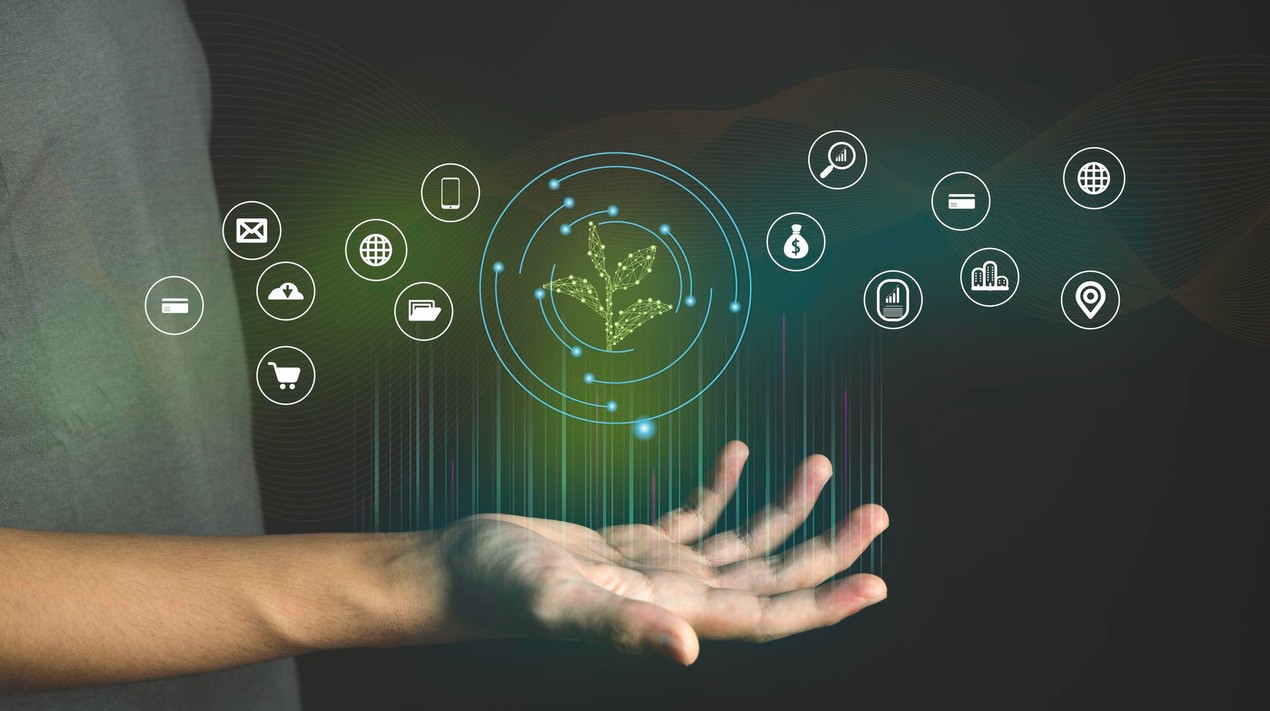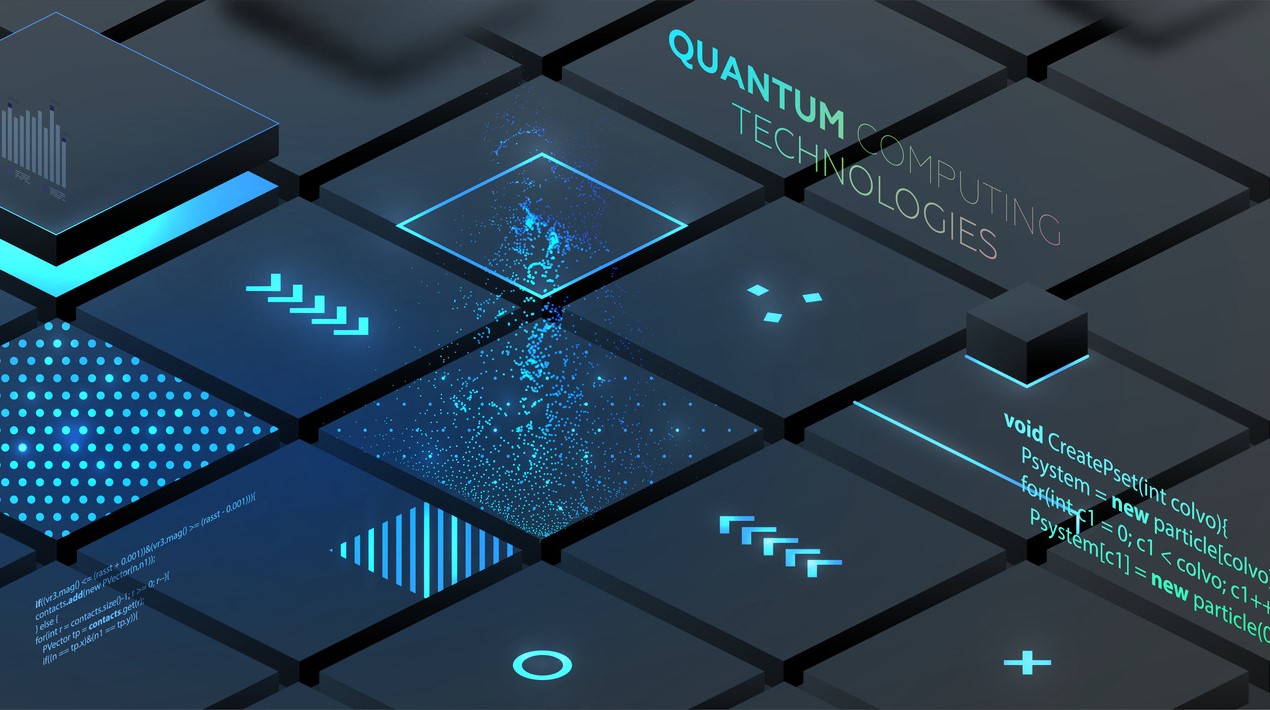
When it comes to infectious diseases, cities face unique environmental challenges: the density which gives them life, economic strength and investment in higher-order infrastructures can also make their populations vulnerable to transmission. This dual nature of both vulnerability and strength positions cities and their governments at the forefront of public health measures globally
Roughly 4.5 billion people live in cities, accounting for just over half the world’s population. With generally higher population densities than rural settings, they can intensify infectious disease spread and transmission through increased human contact. On the other hand, according to some analysts, about 600 cities generate two-thirds of global GDP, making them the key to long term sustainability.
As hubs for transnational commerce and mobility, they require massive human resources to operate effectively. With the increasing population, suburbs and dispersed housing in and around city centres grow, leading to highly populated and hyper-connected urban sections that amplify pandemic risk.

OpenGov Asia had a chance to speak exclusively to Sean Audain, City Innovation Lead at Wellington City Council, New Zealand, to talk about the gamut of challenges that come in running cities in the shadow of a pandemic.
Sean focuses on Smart Cities, cross-organisation priorities and understanding city profiles, particularly city problems that span jurisdictions and agencies. Wellington City Council intends to resolve the issues and provide excellent citizen services with a wide array of solutions enabled by Open Data, the Internet of Things and Data Visualisation.
Sean and his team are looking to “bridge horizons” when dealing with disruptive events such as COVID-19. The first horizon, in his words, is the situation at hand – things that are directly in front and determining what is needed to survive. The second horizon is looking to the future and long-term plans.
As a council, they watched the first horizon as early as January 2020 as the COVID-19 pandemic started to spread. Initially, they thought they could re-prioritise to adapt to the ongoing crisis. The first step was to understand what a pandemic was, its impact on a city or a society, and then figure out their roles as a government unit to mitigate its effects.
The council analysed their decision tree as well information dissemination plan. The various choices they would have to make were discussed along with the information they would need to send out to respond to the pandemic appropriately.
Likening the pandemic to another calamity, Sean opined that it was like dealing with small earthquakes every day. The pandemic caused organisations and governments to deal with constant changing workloads daily and deliverables, depending on the cases at hand, the spread, available capacities, and potential mortalities.
At the start, they were primarily concerned about the impact of the pandemic on the city – in terms of health and as the spear tip of the response. Being the capital city in New Zealand, the pandemic would have a significant effect on the nation’s overall landscape. Firstly, as people come in to and go out of Wellington – a city that is unusually dense for its size in any case – and, secondly, as the source of leadership. This prompted the government to find ways to continuously function and ensure citizen services were delivered irrespective of the situation unfolding. Right off the bat, citizens were given various ways to deal with the pandemic through efficient information dissemination. They took the national government’s strategies and applied them to a more localised context.
Fully cognizant that their best chances of early and robust mitigation were in collaborative operations, partnerships were developed with NGOs to feed and shelter citizens where and when essential. These organisations were provided with much-needed data to improve service delivery and get wider coverage. The shared data system also provided the government with the information they need to respond quickly and efficiently. Messaging technologies with personalised features allowed them to monitor the immediate and specific needs of their citizens to further curtail the effects of the pandemic.
Sean acknowledges that a shared data system between agencies is difficult because it is built on trust, a precious commodity. To make it work, the council took existing operational relationships and put that trust into the data flows, thus creating a more seamless and effective process.
The primary objective of public sector organisations and agencies is to care for citizens, not run large and complicated IT systems. To ensure that agencies stayed true to their mandate, the council deployed easier, synchronised systems for the various organisations, making it simpler to utilise and avoiding duplication of work and data.
Duplication is a huge negative at the best of times, but more so when dealing with a crisis. Not only does it waste resources – time, effort, and equipment – the efficiency of government responses is significantly reduced. The database also allowed them to better study the economic effects of the crisis, and it simultaneously shed light on agencies/organisations worldwide.
The pandemic forced several fundamental changes, like work-from-home setups, reliance on online commerce and digital services. People no longer needed to be in a city physically to be part of its economy. The government now realises people do not come to the city because they must. They come because they want to. That changes the way they design the city and its retail economy. This has driven a fundamental change in infrastructure development – evolving transaction-based platforms into experience-based platforms.
Another area the council focused on was gathering data from other government agencies, fusing them, and overlaying it to create a multi-environmental profile of the city. Sean and his team developed 3D models of the city to provide citizens with a clearer view of the community instead of having to navigate the clutter of a traditional map.
Deploying this technology allows citizens to communicate across disciplines, creating a more efficient and dynamic information exchange. In the situation at hand, the locations of quarantine facilities, community centres and other relevant data could be easily accessed. Simply put, Sean says, “The virtual adaptation of a city speeds things up.”
While these were happening pre-COVID-19, he conceded, with the crisis, it accelerated almost overnight – which was a challenge for the public sector. This fusion of the digital and the physical worlds due to the pandemic, in Sean’s mind, is paradigm-shifting. In cities, that meant understanding online business models related to the physical world and its government services.
Seans believes the key to real and sustainable innovation is the ability to scale and when and how to further adapt to situations – because solutions have limited relevancy and potency in a constantly evolving VUCA environment.
The council started to think about the events post-COVID-19 and how to manage the new normal in addition to other pressing challenges. One prominent issue is climate change. It is unacceptable to Sean that the world defeats the pandemic and then succumbs to climate change. The council has taken its designs and lessons from the COVID-19 response and has started to apply them to long-term issues such as climate change.
Government efficiency will be critical in addressing current critical events and preventing future ones. Sean is firmly convinced, with the constantly evolving digital landscape – particularly in cities where there is a robust number of unconscious connections – governments must have a legislative and regulatory framework to better accommodate this transformation. Fresh laws, policies and guidelines must be drafted to accommodate these new ideas and plans.
From a long-term programme’s perspective, the city has invested a third of more than its usual budget for the next ten years to prevent deal with disruptive critical events such as pandemics and climate change. Massive investments have been made in modernising and digitalising the myriad of infrastructural things that make a city grow – a growth that will help propel a city and the nation to a successful, sustainable, safe future.
With what he has experienced and witnessed this year, Sean is confident that governments and their councils will further embrace their digital transformation journeys to be one step closer to a fully digital future.















